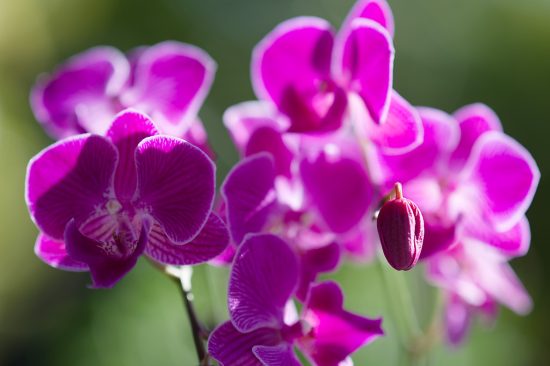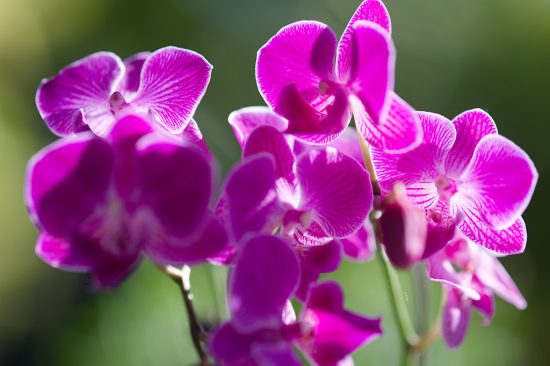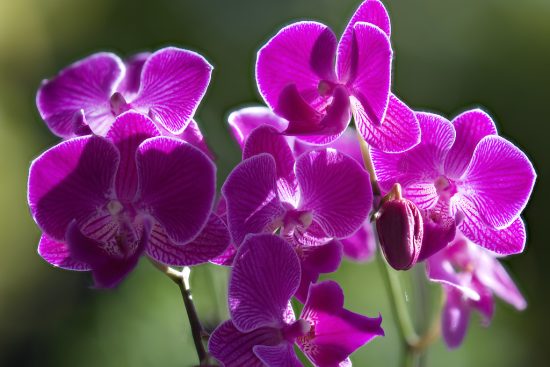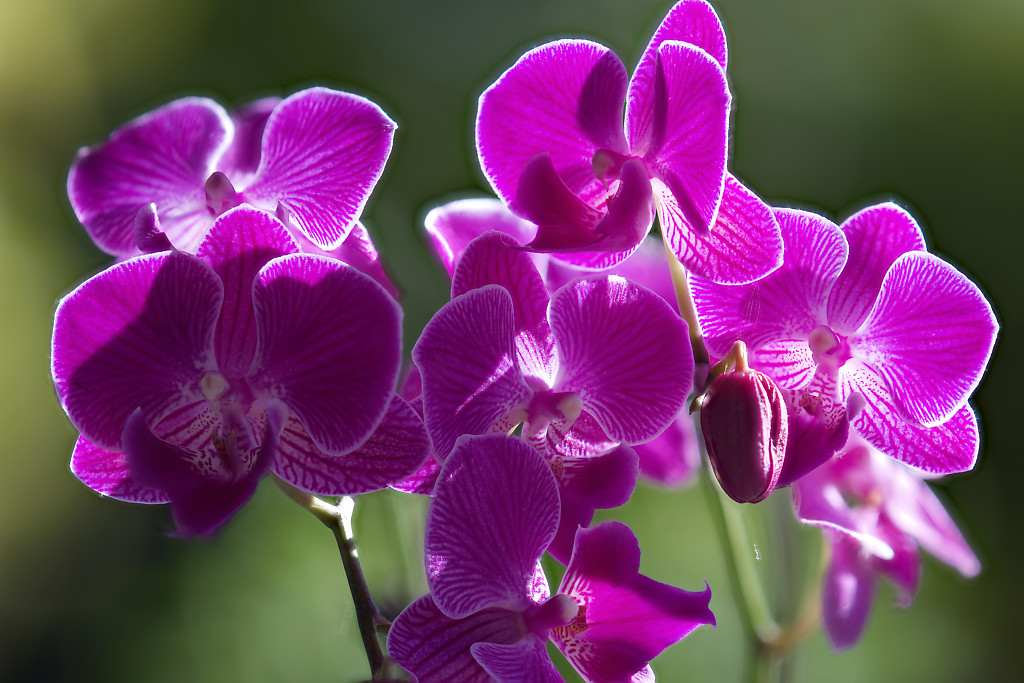One of the excellent things that we can do with our current cameras is focus stacking of images so that we can get a vastly improved depth of field compared to capturing an image in a single frame.
In the following section I show the Menu settings from the Nikon Z8 camera which enable us to produce focus stacked images automatically from the camera.
Firstly go into the cameras Photo Shooting Menu and select Focus Shift Shooting. The following options are available.
Start This starts the shooting sequence of images. The camera will automatically take the selected number of shots, changing the camera focus distance by the selected amount with each shot.
No. of shots Here you choose the number of shots for the sequence of images. The maximum that can be selected is 300. For the image I captured below I selected 20 images.
Focus step width This focus shift setting varies the focus distance over the series of photographs which are captured. Choose the amount the focus distance changes with each shot. Nikon gives you the option to set a Focus step width of between 1 to 10. The camera will consider the Depth of Field, focus distance, focal length, and aperture of the camera settings. This setting is a little dificult to understand as there are so many variables and possibilities. For the image I captured below I used a setting of 5.
Interval until next shot Here you choose the interval between shots, in seconds. Select 00 to take photos at up to about 5 fps. If using flash to ensure correct exposure, allow for the flash recycling time, allowing an interval long enough for the flash to re-charge. For my image below I used the 00 setting. Flash was not involved.
First-frame exposure lock When ON the camera locks the image exposure for all shots at the settings for the first frame. When OFF the camera adjusts exposure seperately for each shot.
Focus position auto reset When ON the focus will return to the starting position once all the shots in the current sequence have been taken. This will save you having to refocus the camera each time when photographing subjects at the same focus distance several times in succession. When OFF the focus remains fixed at the position for the final shot in the sequence. This allows you to start from the most recent focus position when photographing a single subject over multiple consecutive series.
Options Switches options ON or OFF. In focus shift shooting, “Options” refers to the settings that allow you to adjust how the camera automatically varies the focus over a series of images for focus stacking. These options will include the number of shots, focus step width, the amount the focus changes with each shot, and the interval between shots.
Starting storage folder Options can be highlighted as required. New folder, A new folder is created for each new sequence. Reset file numbering, File numbering is reset to 0001 whenever a new folder is created.
For the example of the image below I took a series of 20 images with the camera automatically, to show the different focus for each image I have included the first and the last image of the series. The images have been captured with the Nikon 105mm, f/1.8, Plena lens with the lens at f/1.8 and shutter speed of 1/1,00 sec and ISO-64. At an apture of f/1.8 the depth of field is very limited with this lens.

The first image of the series of 20 images above, shows the focus of the camera on the closest flower of the orchid arrangement. the flower and bud in the foreground are in focus and all the flowers in the distance are out of focus.

The last image of the series of 20 images above, shows the focus of the camera on the furtherest flower in the distance of the Orchid arrangement. The flowers and bud in the foreground are very much out of focus.
In order to stack these images I used Affinity Photo 2 software. With the Affinity software under File, New Focus Merge, the software can merge all 20 of the image files, which can then be exported as a TIFF RGB 16-bit file which I then processed in DxO PhotoLab 7 as needed.

The above image is the resultant merged image.
In summary.
- To set the near limit. Press the AF-ON button to define the closest focus point, this is where the focus stack will start.
- To set the far limit. Half press the shutter button to define the farthest focus point, this is where the stack will end.
- The camera will then perform the full focus shift, within the defined focus range settings.
The benefits of these settings is that you will get:
- Faster stacking.
- Fewer unnecessary shots.
- Better control of the full process.

